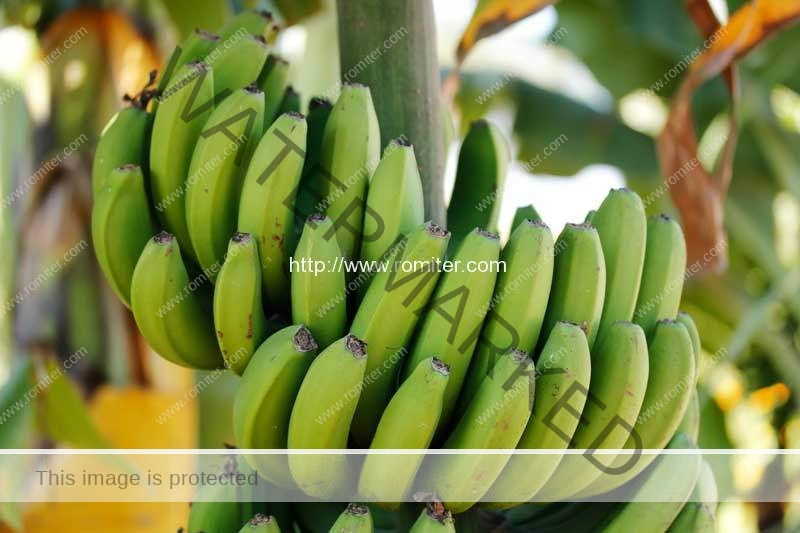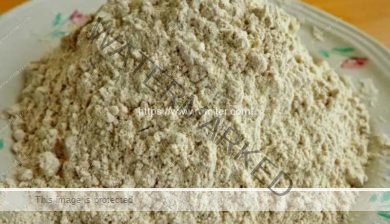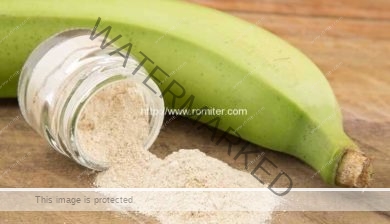Banana
When we’re talking about bananas, we’re usually talking about one specific type of banana: the Cavendish, an easy to peel, sweet variety that makes up about 95 percent of all commercially sold bananas. There are other types of bananas out there, and occasionally you can find varieties such as creamy red bananas or stubby, tart manzanos in stores. But Cavendishes are the ones that you’re likely using to top your breakfast cereal or bake into breads.
Most Cavendishes are harvested while still underripe and green, then transported from their tropical growing regions to the country where they’ll be sold. Before reaching store shelves, they undergo an artificial ripening process using ethylene gas that helps them soften, turn yellow, and converts their starches into sugars. Without this step, they’re less likely to achieve that peak of sweet banana flavor.
For the most part, you’ll want to use bananas in dessert or sweet-friendly applications. Very green, unripe bananas are firm and starchy enough for some savory dishes, however, and can be used in place of plantains in a pinch. Check out our guide to banana desserts worth saving room for for some inspiration on how to use up a bunch.
Plantains
Plantain species differ from their banana brethren in that they contain a much higher percentage of starch and less of the sweet stuff. Because of this, they’re not particularly pleasant raw. But when cooked, they have a heavy, filling, potato-like character to them, which has cemented their status as a staple across Latin America, the Caribbean, and west and central Africa. Plantains are soft and pillowy in dishes like mofongo, or they can be fried to a crisp and eaten like chips if sliced thinly. When using them in savory recipes, you want to seek out hardy, firm green plantains, which are generally larger than your average banana.
Ripe yellow and black plantains, although still on the starchy and tough side, do have a noticeable sweetness to them and caramelize nicely when cooked. They can be used to make desserts, but are still substantial enough to pair nicely with savory mains. Try them alongside beans and roast pork for a Cuban-style feast using our Sauteéd Plantains recipe.


















